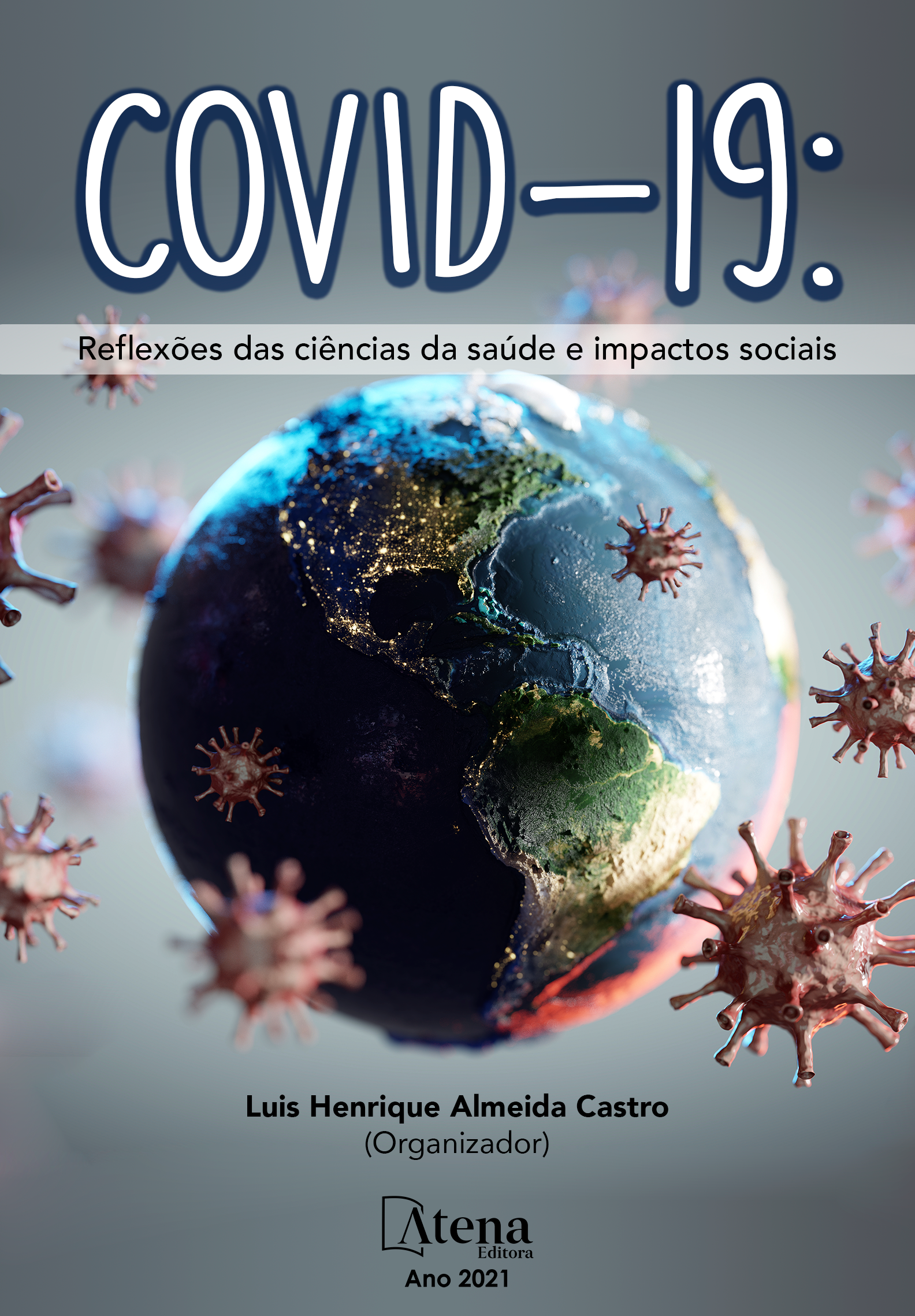
EFEITOS DA POSIÇÃO PRONA NO ÍNDICE DE OXIGENAÇÃO EM PACIENTES ORIENTADOS INTERNADOS NA ENFERMARIA COVID-19
Em 2019, foi descoberta uma doença causada pelo novo Coronavírus, em Wuhan, na China. Esta enfermidade foi chamada de COVID-19, podendo se manifestar desde uma infecção assintomática até uma grave pneumonia, gerando óbitos em todo mundo. Um dos sintomas da doença é o desenvolvimento da disfunção das trocas gasosas, acentuada dispneia, com o índice de oxigenação inferior a 150 mmHg e sintomas de SRGA, sendo realizado a posição prona (PP), preferencialmente nas primeiras 24 horas, tentando assim amenizar um pior prognóstico do quadro clínico e melhorar o aporte de oxigenação para o paciente. O objetivo deste trabalho foi analisar os benefícios da PP no índice de oxigenação em pacientes orientados, acometidos pelo COVID-19 internados na Enfermaria do Hospital Regional do Sul de Minas em Varginha-MG. Trata-se de um estudo transversal de caráter quantitativo, composto por 20 pacientes em ventilação espontânea ou ventilação não invasiva (VNI), com indicação de posição prona (PaO2/FiO2<150) sem distinção de gênero e idade. Os dados foram inseridos em planilha Excel do Windows® e as comparações entre grupos foram realizadas pelo teste t de Student e analisadas por meio do pacote estatístico SPSS® windows, versão 13.0. O nível de significância adotado para este estudo foi de p≤ 0,05. Conclui-se que a posição prona em pacientes com SRGA devido a infecção pelo COVID-19, contribuiu de forma significativa na melhora da percepção de dispneia, assim como no índice de oxigenação desses pacientes, associando-se como um importante recurso para o tratamento desta patologia.
EFEITOS DA POSIÇÃO PRONA NO ÍNDICE DE OXIGENAÇÃO EM PACIENTES ORIENTADOS INTERNADOS NA ENFERMARIA COVID-19
-
DOI: 10.22533/at.ed.73721081012
-
Palavras-chave: COVID-19. Posição prona. Fisioterapia.
-
Keywords: COVID-19. Prone Position. Physiotherapy.
-
Abstract:
In 2019, a disease caused by the new Coronavirus was discovered in Wuhan, China. This disease was named COVID-19, and can manifest itself from an asymptomatic infection to severe pneumonia, generating deaths worldwide. One of the symptoms of the disease is the development of gas exchange dysfunction, marked dyspnea, with the oxygenation index below 150 mmHg and symptoms of SIRGA, being performed the prone position (PP), preferably in the first 24 hours, trying to ease a worse prognosis of the clinical picture and improve the oxygen supply to the patient. The objective of this work was to analyze the benefits of prone position in the oxygenation index in oriented patients, affected by COVID-19, admitted to the ward of the Hospital Regional do Sul de Minas in Varginha-MG. This is a quantitative cross-sectional study, composed of 20 patients on spontaneous ventilation or non-invasive ventilation (NIV), with indication for prone position (PaO2/FiO2<150) without distinction of gender or age. Data were entered in a Windows® Excel spreadsheet and comparisons between groups were made by Student's t test and analyzed using the SPSS® windows statistical package, version 13.0. The significance level adopted for this study was p≤ 0.05. We conclude that the prone position in patients with SIRGA due to infection by COVID-19 contributed significantly to the improvement in the perception of dyspnea, as well as in the oxygenation index of these patients, being associated as an important resource for the treatment of this pathology.
-
Número de páginas: 15
- Brenda Belchior Prado Silva
- Carolina Taynara Pinto
- ROBERT DIAS


